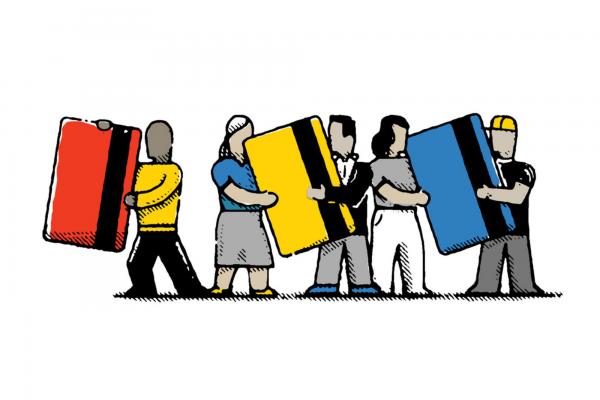CREDIT CARD DEBT plagues our communities. The average U.S. household carries a balance of $6,929 at the end of the month. And if you miss a payment, interest may jump from 15 percent to more than 20 percent.
Credit cards are part of a predatory industry with a history of racial bias. Many people can afford only the minimum monthly payment, barely making a dent in the principal —just as the system was designed.
About 10 years ago at Circle of Hope, my church in Philadelphia, we began experimenting with “credit card debt annihilation.” Our team’s motto came from Romans 13, where the apostle Paul urged believers to “owe no one anything,” except love.
Read the Full Article

Already a subscriber? Login
